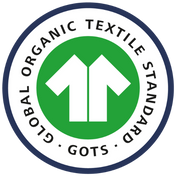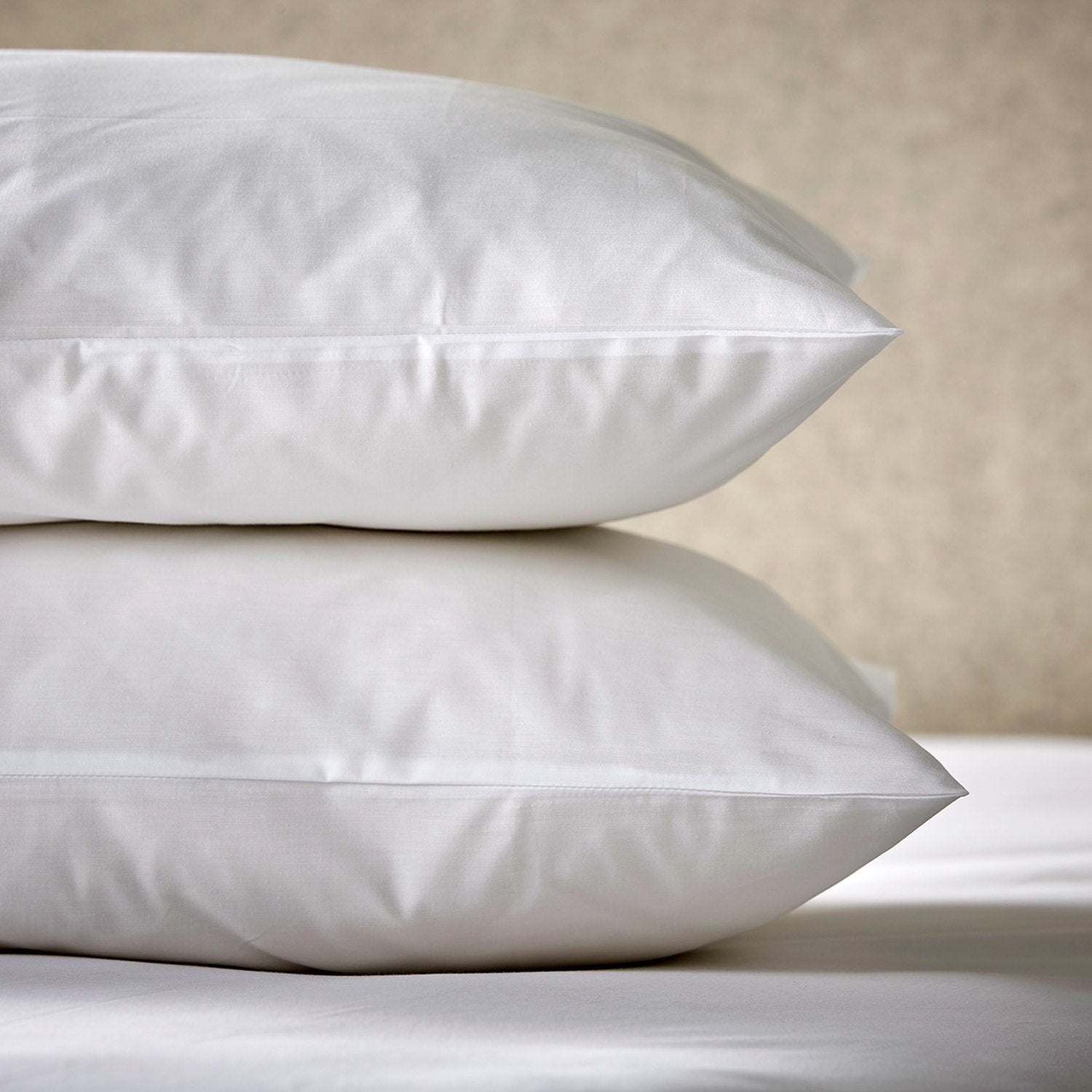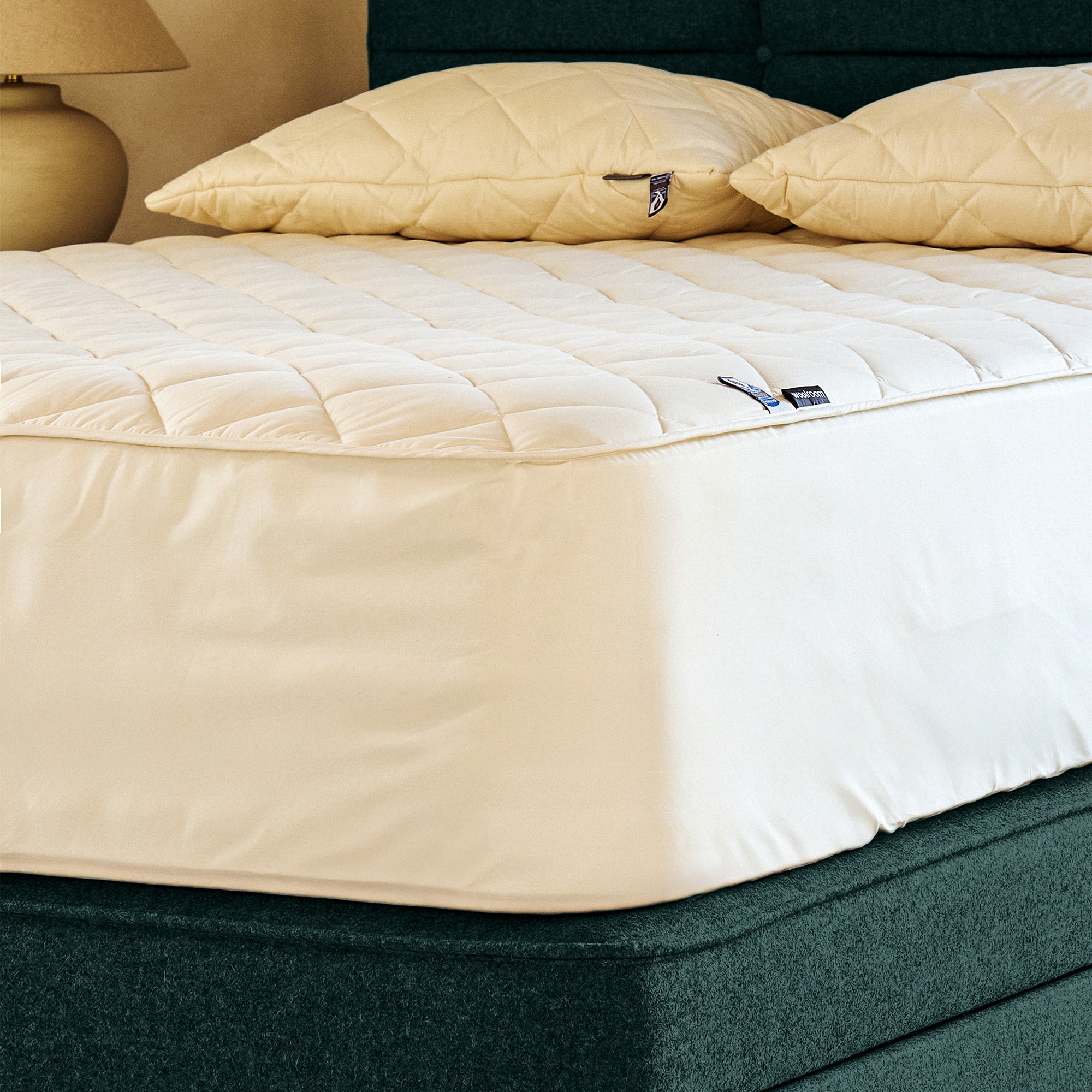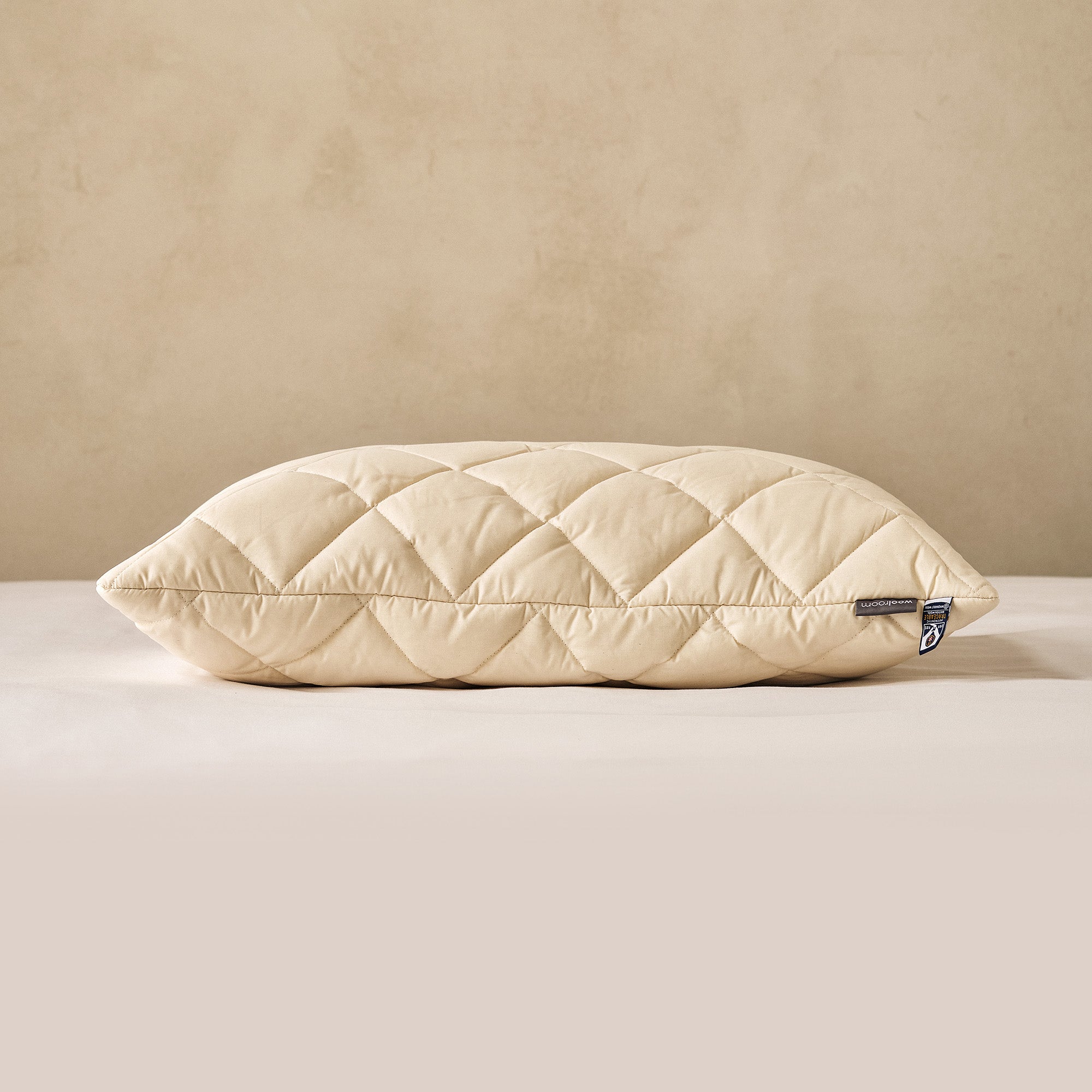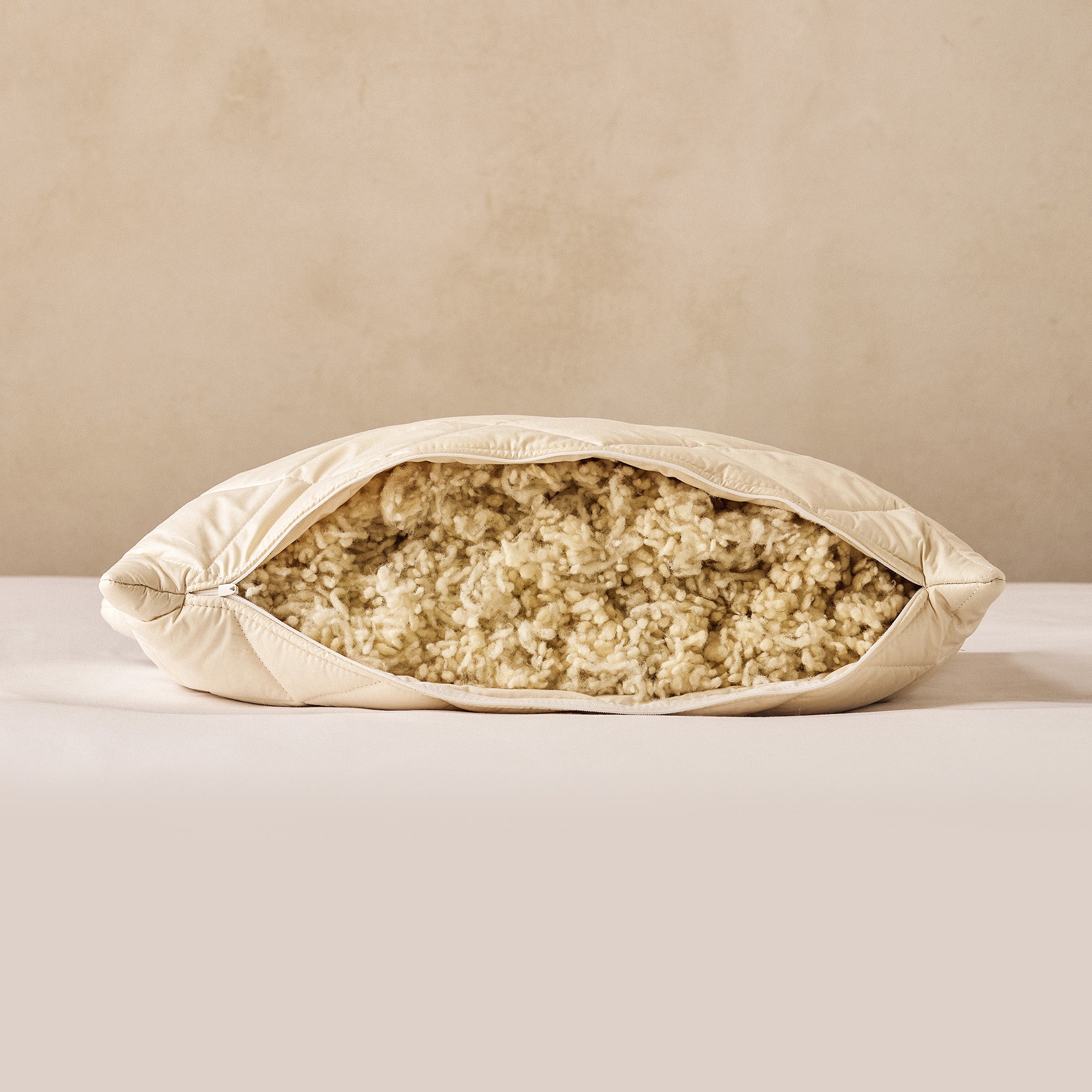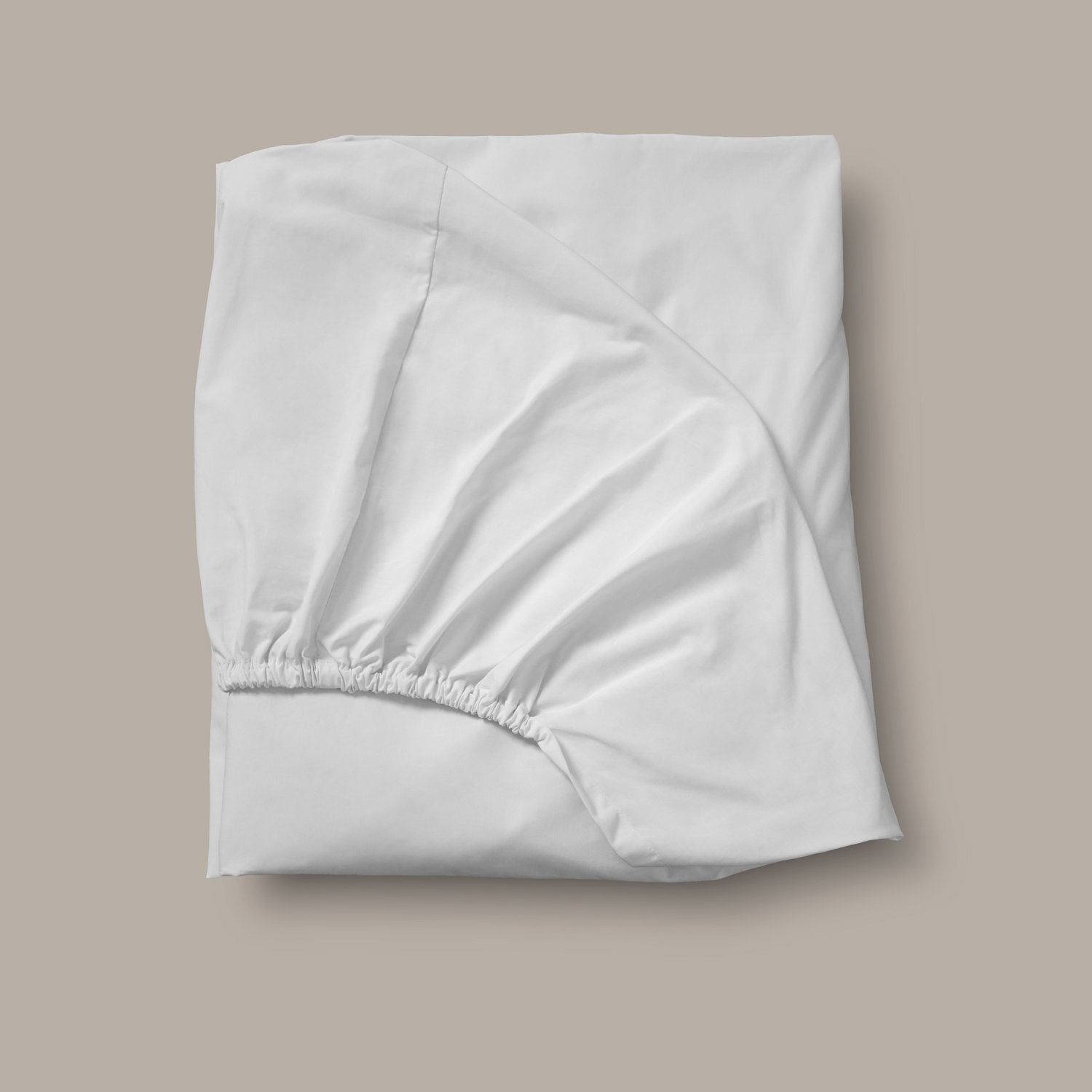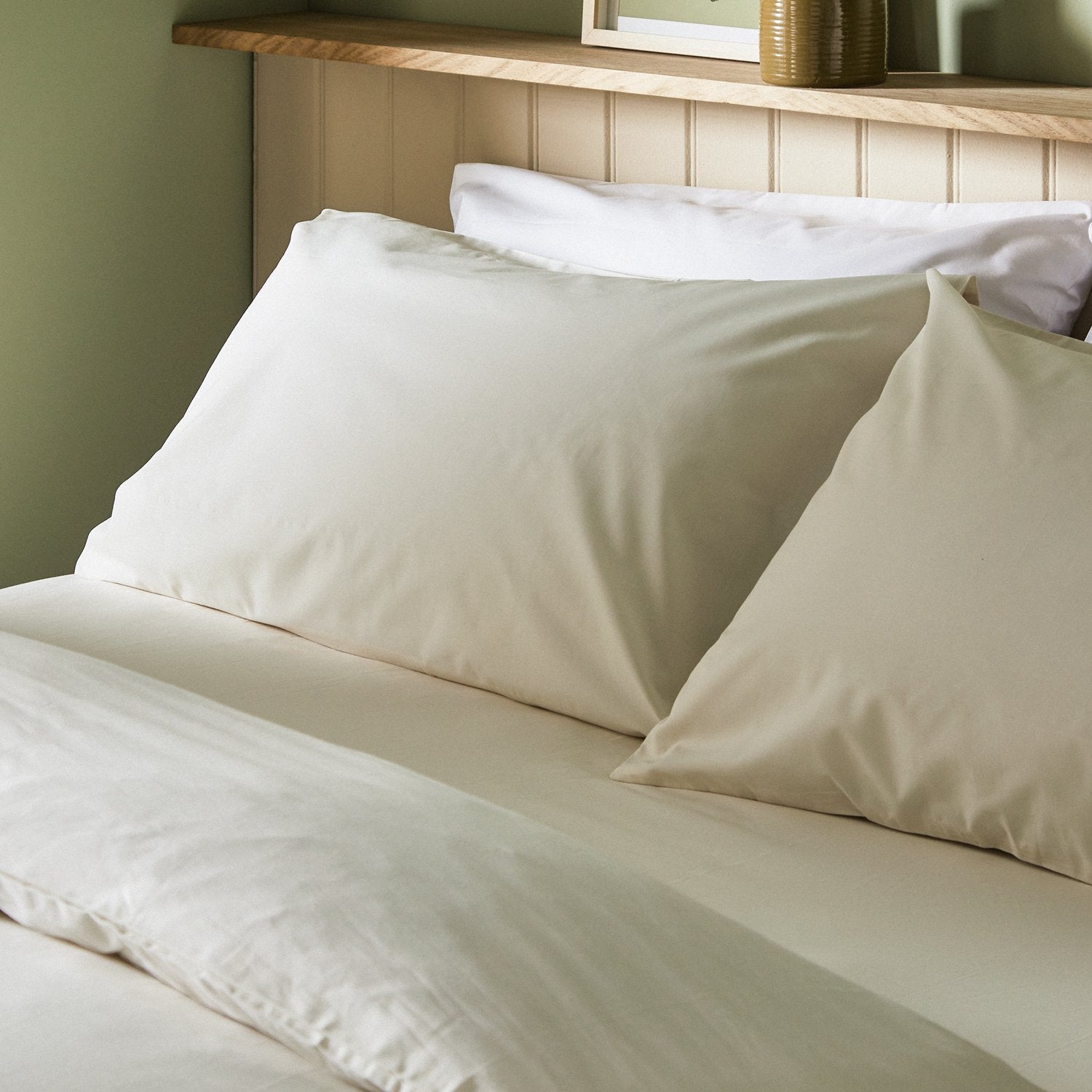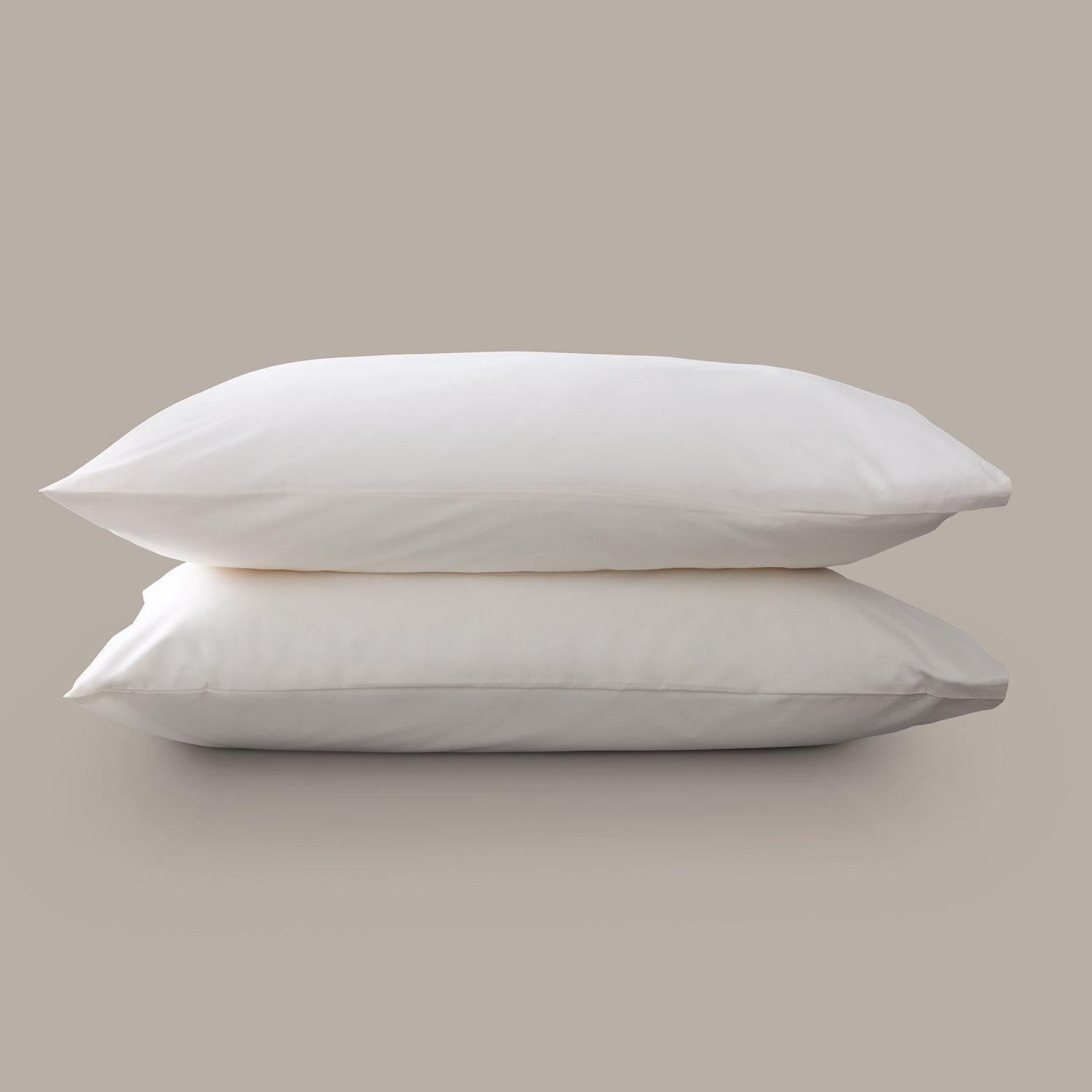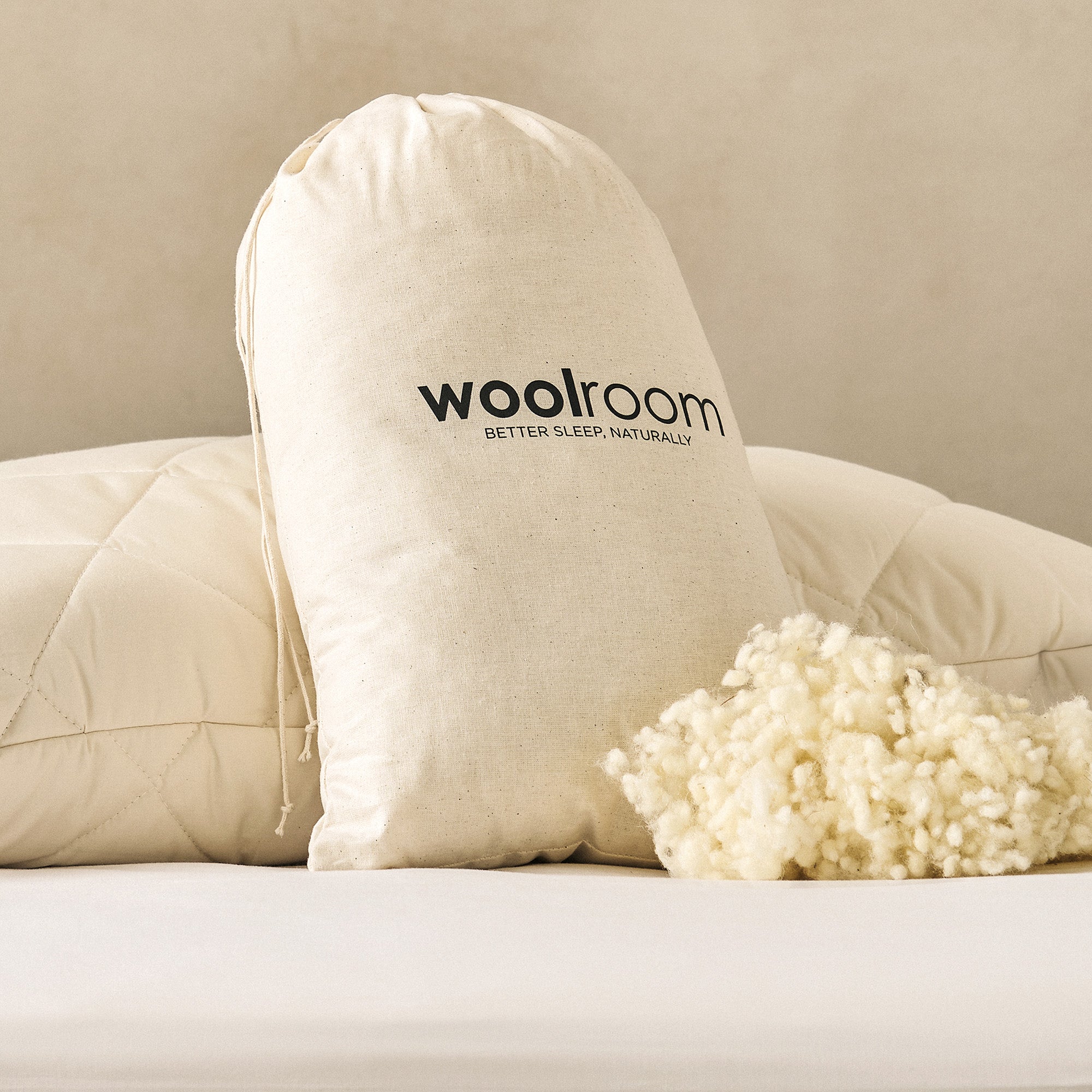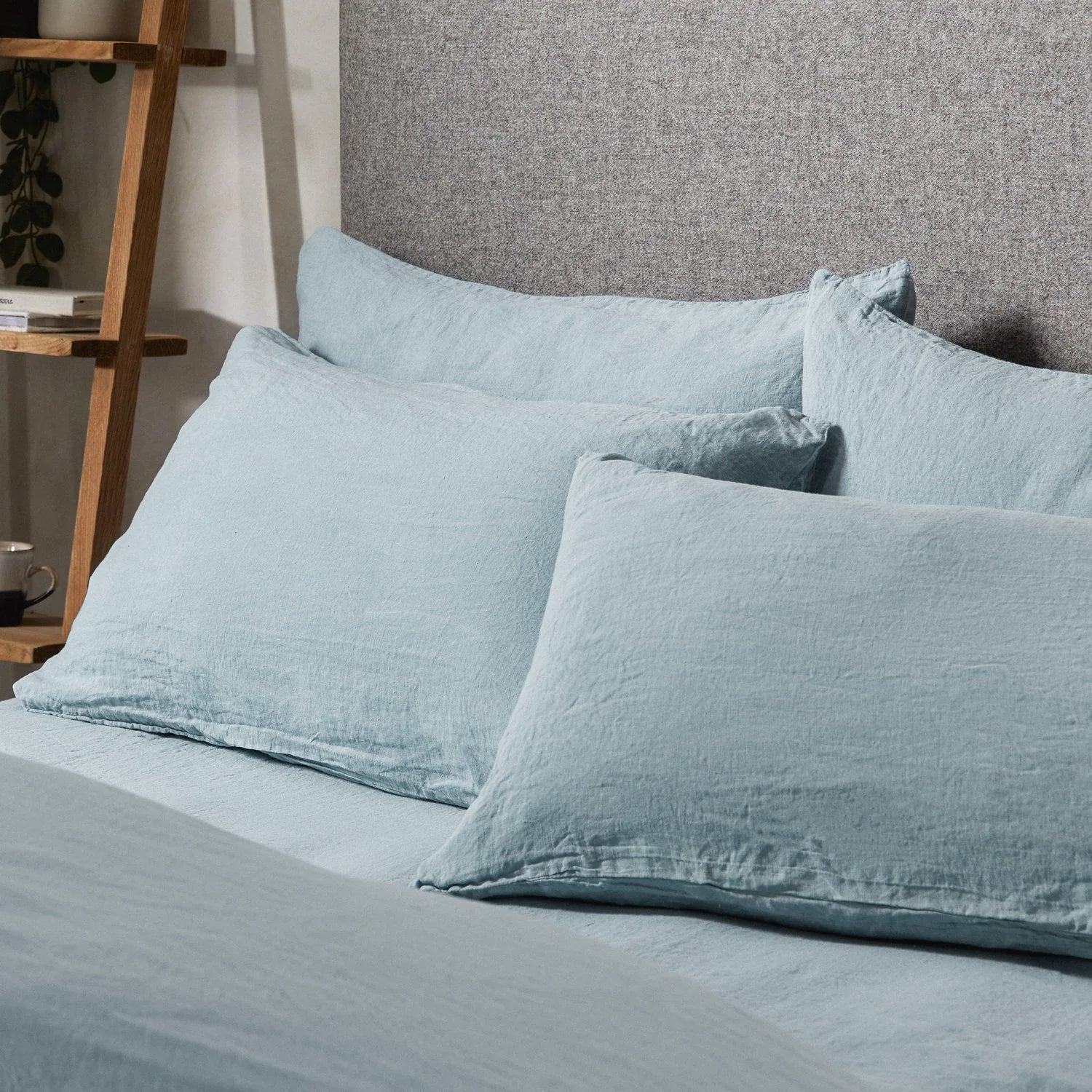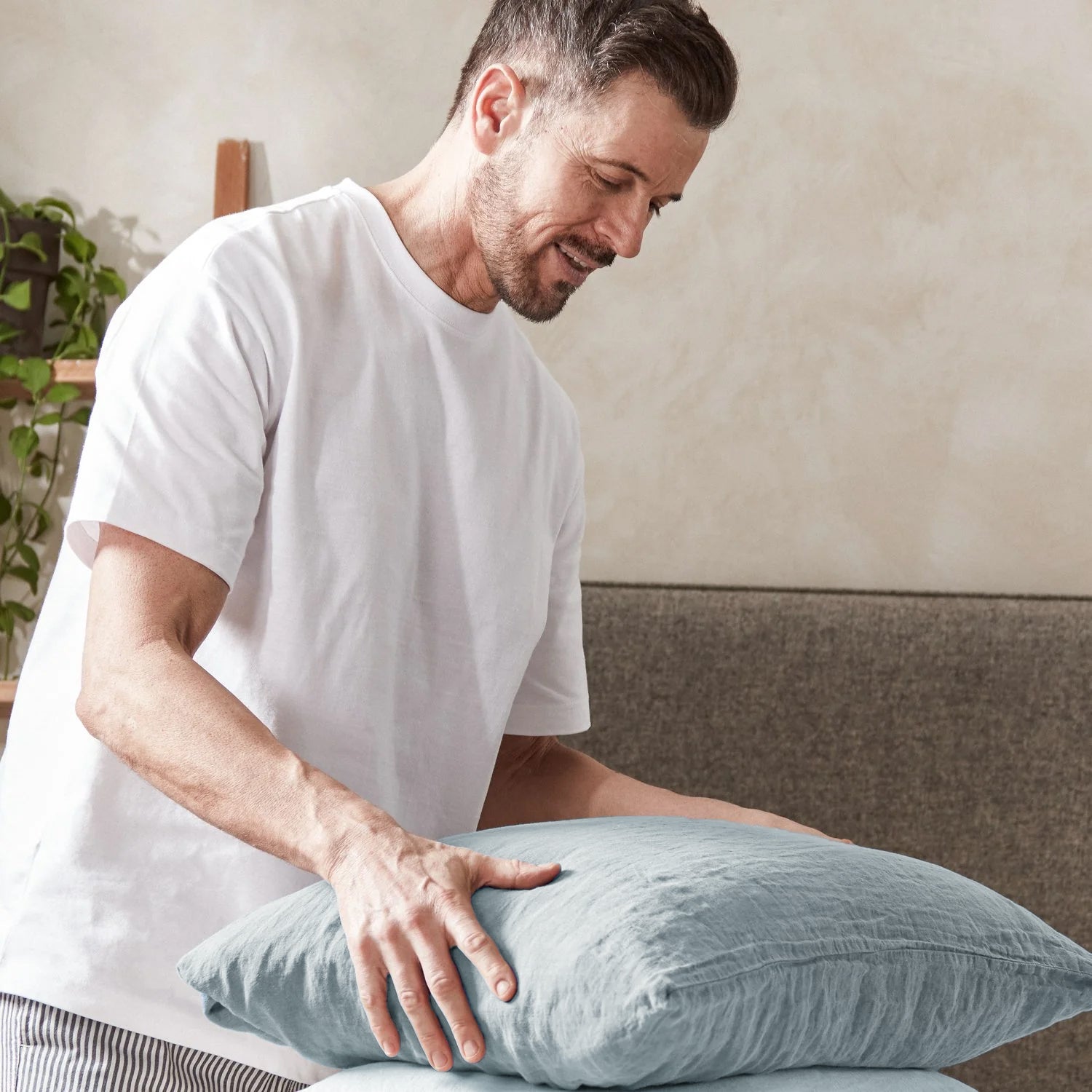n 2025, more people are embracing eco-friendly practices in an effort to both minimize their impact on the planet and support a healthier lifestyle. It’s an effort that extends to habits like recycling, upcycling, and composting, along with intentional choices relating to what we eat and how we travel. But what about how we sleep?
The simple truth is that the materials we sleep on night after night can have a profound effect on our sleep quality and our health as a whole. There’s no question that eco-friendly bedding is the best option for you and the environment, but it’s important to understand what that actually means—and how exactly it supports sustainable sleep. Below, we’re detailing the benefits of eco-friendly bedding and how you can build better sleep from the mattress up.
The Benefits of Eco-Friendly Bedding
Let’s start with a little explainer and some clarification on the benefits of eco-friendly bedding, which extend far beyond a better night’s sleep to a very real impact on the world around us. Eco-friendly bedding describes products like mattresses, comforters, pillows and bed linens made from natural, organic fibers—think wool, linen and cotton—that have innate properties highly conducive to great sleep.
These fibers are often naturally hypoallergenic, wonderfully breathable, temperature regulating and moisture wicking—all the features you want in bedding! In fact, these traits actively contribute to a better night’s sleep by helping to manage sleep temperature, which can minimize nighttime disruptions—and we don’t have to tell you that sleep is essential for a healthy body and mind.

But eco-friendly bedding isn’t just about the organic materials themselves and the benefit they have on your zzz’s. It’s also about the manner in which these products are made. Forget conventional manufacturing, which is heavy on natural resources and often includes harsh chemicals and harsher treatments that are damaging to the environment and the people exposed to them.
Eco-friendly bedding is made with ethical and sustainable practices designed to preserve natural resources and reduce waste and toxins that are as damaging to our environment as they are to our own health and well-being. In other words, organic, eco-friendly bedding actively reduces your exposure to the kinds of dyes, treatments and synthetic materials that can trigger irritation and allergic reactions. Considering that we spend roughly one third of our lives sleeping on these materials, the value of a healthy sleeping environment is clear.
A Word On Greenwashing
As consumers increasingly demand eco-friendly products, it’s important to be aware of the potential for greenwashing. The National Resources Defense Council describes greenwashing as a misleading marketing practice about the environmental benefits of a product or practice. It’s not enough to rely on a company’s claims—look for hard proof in the form of traceability programs and key certifications.
Ethically sourced materials often earn GOTS (Global Organic Textile Standard) certification, a worldwide standard for the manufacturing of organic fibers. Any product with this certification has met stringent requirements for environmental and social criteria from start to finish.
OEKO-TEX Standard 100 is another important certification that indicates a product has passed a rigorous safety standard for the presence of harmful substances. Woolroom is proud to have earned these certifications and others. In addition to being the first and only wool bedding retailer to hold OEKO-TEX Standard 100, Woolroom is also the only natural sleep solution to hold the Allergy UK Seal of Approval from the British Allergy Foundation. We’ve also earned certifications from Woolmark and British Wool.
To read more information on Woolroom's committment to eco-friendly practices, visit our Learning Center.

Here at Woolroom, we’ve long recognized the value of ethically harvested wool, both from an environmental perspective and for its sleep-supporting benefits. Wool is naturally sustainable and renewable—one of just a handful of fibers that enjoy that distinction. It’s harvested annually as sheep grow a woolly fleece. All of our bedding comes from soft down breeds that are sheared when the weather warms to keep the animals comfortable and healthy.
We only work with farms that abide by the five freedoms outlined in the UK Animal Welfare Act of 2006, which means all of our wool comes from healthy, happy sheep. And we can prove it. Our Wool ID® program showcases our commitment to traceability—all of our wool products have a unique QR code that shows you the sheep and farms they came from, because we understand that supporting the health and welfare of these animals is the key to the highest quality wool.
It’s an important distinction. As a fiber, wool is indeed temperature regulating and moisture wicking. But conventionally manufactured wool bedding takes a toll on the environment. Harsh treatments and blending processes can mean a finished product that includes synthetic materials and the kind of chemicals you’re probably trying to avoid.
That’s why prioritizing organic practices is so important—and the key to truly eco-friendly bedding.

Building Better Sleep: The Mattress
If you’re starting from scratch on a truly eco-friendly sleep set-up, treat yourself to a non-toxic mattress. While an appropriate mattress really depends on individual considerations like preferred sleep style and body type, choosing an eco-friendly mattress is all about the materials and the manufacturing process.
Steer clear of conventional mattresses that feature layers of polyurethane foam (also known as polyfoam) or memory foam, along with synthetic materials like polyester, rayon and microfiber. They’re all petroleum based—i.e. sourced from non-renewable fossil fuels—their manufacturing process is often excessively high in energy consumption, and they’re a known source of volatile organic compounds, or VOCs. These chemicals off-gas into the air, putting you at risk of very real health risks, and there is a serious lack of data on their long-term effects. Aside from the impact on your health, there are significant environmental costs. Conventional mattresses made with these materials aren’t terribly durable, and at the end of their service life, they’re not recyclable or biodegradable. Instead, they end up in landfills.
It’s also important to avoid chemical flame retardants. As it happens, wool is a natural flame retardant and is often used in eco-friendly mattresses as an alternative to chemical options. Be aware, however, that some companies still choose to treat their wool with chemicals to ensure their mattresses pass flammability tests. Look for the third-party certifications we mentioned above to find truly non-toxic mattresses. Typically, these mattresses use natural fibers, like organic wool and organic cotton, in comfort layers and in the cover, along with natural latex and/or recycled steel coils for support.
The Wooly Collection from Woolroom combines traceable British wool with the expertise of American craftsmen for breathable, comfortable, supportive mattresses that are entirely free of synthetic materials.
Building Better Sleep: Pillows, Toppers and Comforters
The same guideline applies to bedding items like mattress toppers, pillows and comforters. Instead of synthetic materials that expose you to off-gassing and ultimately wind up in landfills, look for products made with organic fibers—and make sure they have the certifications to back them up. While you might assume that natural fibers in general do the trick, that’s not always true. Conventionally grown cotton, for example, is often treated with pesticides and fertilizers and its manufacturing process is chemically intensive. Organically grown cotton, on the other hand, avoids this chemical exposure, making it a far more sustainable choice.
Remember that the goal with eco-friendly bedding is creating a safer, cleaner sleep environment and reducing your environmental impact. Look for companies that are forthcoming about their material choices and transparent about supply chains.
Building Better Sleep: Bed Linens
The same synthetic materials and fabrics you want to avoid in a mattress or comforter apply to your linens, too. While we tend to focus solely on softness when it comes to great sheets, breathability should be high on the list as well. Fortunately, softness and breathability tend to go hand in hand, especially when you’re dealing with organic fibers. Organic cotton and organic linen check all the boxes for what you want in great bedding—they’re soft to the touch, don’t trap body heat, and absorb moisture to keep you comfortable.
The Bottom Line On Eco-Friendly Bedding
There are a lot of benefits to leading an eco-friendly lifestyle, and if you haven’t yet brought those habits into the bedroom, it’s time to change that. Sleeping on organic, eco-friendly bedding is a one-two punch, benefiting both the planet and supporting a better night’s sleep. Here at Woolroom, we’re committed to the idea of truly natural sleep, and our organic wool bedding products make it easy.
If 2025 is the year you finally embrace eco-friendly bedding, get started with a new wool pillow, wool comforter or wool mattress today. And check out the Woolroom Learning Center for more resources, tips and sleep studies proving the benefits of wool bedding.


